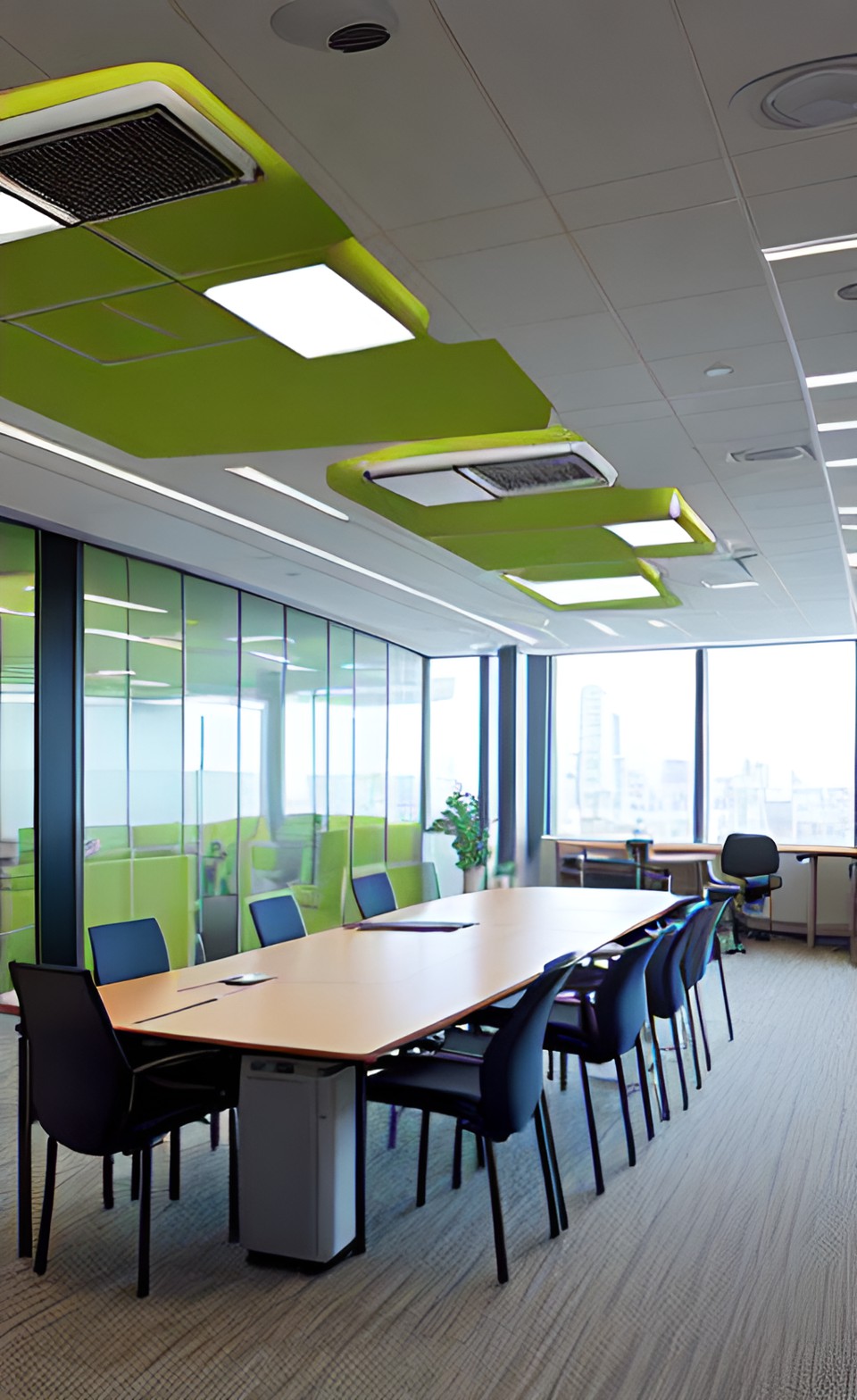
Advertisements
Introduction
In today's fast-paced work environments, employee well-being is crucial for productivity and job satisfaction. Biophilic lighting, particularly circadian lighting, is emerging as a transformative solution to create healthier workspaces. By emulating the natural patterns of daylight, biophilic lighting systems aim to positively impact employee circadian rhythms, mood, and sleep quality. In this article, we explore the benefits of biophilic lighting and its potential to enhance the overall well-being of employees in the workplace.
Understanding Biophilic Lighting and Circadian Rhythms
Biophilic lighting refers to lighting solutions designed to mimic the dynamic qualities of natural light found in the outdoors. This includes changes in light intensity and color temperature throughout the day. Circadian lighting, a subset of biophilic lighting, specifically focuses on regulating human circadian rhythms - the 24-hour internal clock that influences our sleep-wake cycles and other biological processes.
Impact on Circadian Rhythms
Traditional office lighting, often static and lacking in natural variation, can disrupt employees' circadian rhythms. Biophilic lighting, with its dynamic changes in color temperature, can help regulate these rhythms, leading to improved sleep-wake cycles and overall health. Exposure to biophilic lighting during the day can promote alertness, while warm-toned lighting in the evening can signal the body to wind down for restful sleep.
Enhanced Mood and Productivity
Biophilic lighting has been linked to enhanced mood and increased productivity. Natural-like lighting helps reduce feelings of stress and fatigue while boosting energy levels and focus. Employees in spaces with biophilic lighting report feeling more comfortable and connected to their environment, leading to improved job satisfaction and creativity.
Positive Impact on Sleep Quality
A significant advantage of biophilic lighting, particularly in workplaces that extend into the evening or involve shift work, is its positive impact on sleep quality. Circadian lighting can help normalize sleep patterns, reducing the risk of sleep disorders and fatigue-related accidents.
Implementation and Considerations
Introducing biophilic lighting in the workplace requires careful planning and considerations. Some key points to keep in mind include:
-
Dynamic Lighting Control: Implement lighting systems that can be adjusted throughout the day to mimic natural light changes. Automated controls can ensure seamless transitions, optimizing employee well-being.
-
Personalization: Providing individual control over lighting can allow employees to tailor lighting preferences to their needs, enhancing comfort and satisfaction.
-
Daylight Integration: Whenever possible, maximize access to natural daylight in the workplace, complementing the effects of biophilic lighting systems.
-
Collaboration with Experts: Engaging lighting experts, architects, and wellness consultants can ensure a well-designed biophilic lighting plan that aligns with the needs and goals of the workforce.
Conclusion
Biophilic lighting, with a focus on circadian rhythms, holds immense potential to create healthier and more productive work environments. By regulating employee sleep-wake cycles, boosting mood, and improving overall well-being, biophilic lighting systems contribute to a happier and more engaged workforce. As organizations increasingly prioritize employee health and satisfaction, embracing biophilic lighting solutions can lead to a more sustainable and thriving workplace culture.
